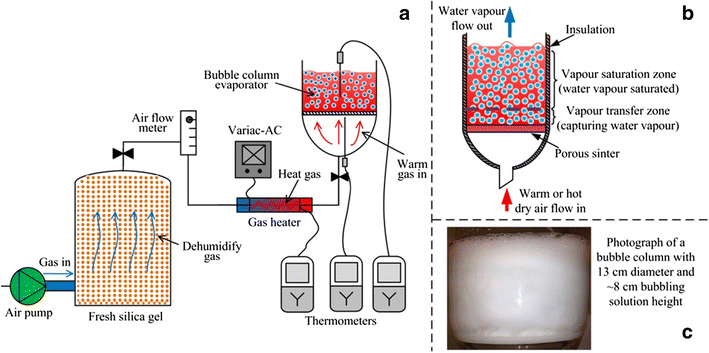
The experimental procedure for this experiment has not been recorded. The user-interface of the operator station is provided in the image below, where most user functions are explained.įigure 2: Evaporator equipment Operator Station Procedure The evaporator in E030 has been automated and most functions are controlled through an “operator station”. The course tables can be used or web-sites as for pressures higher than atmospheric and for pressures below atmospheric. Both T steam and T liquid can be calculated from steam tables once the pressure of the supplied steam or of the boiling solution are known. This temperature difference can be increased by increasing the heating steam pressure (hence, the steam temperature) and/or by reducing the temperature of the boiling solution by applying a vacuum. The driving force for the evaporation process is the temperature difference, ΔT, between the heating steam, T steam, and the boiling solution, T liquid:

Below is an image of the evaporator in E030 with key components pointed-out. In our lab, condensers and steam traps help to reduce some of these hazards. Also, because steam is used, a number of precautions need to be taken to minimize the problems of overheating equipment. Typically, the solvent evaporated needs to be recovered so as to not cause condensation problems throughout the plant. A in-depth review of types of evaporators is provided at the Visual Encyclopedia of Chemical Engineering: Evaporators, (n.d.). While the evaporation process itself is quite simplistic, the evaporator is much more complex. It should be noted that when the evaporation process occurs, it is assumed that only water is evaporating – any solute is left in the concentrate. The amount of water that has evaporated can readily be calculated by a simple mass balance. The pressure of the steam used for evaporation greatly affects the rate of evaporation the higher the steam pressure (hence higher the temperature) the more water can be evaporated over a given length of time. When vacuum is present, the temperature at which the solvent will boil and evaporate is significantly less than at atmospheric pressure, which makes evaporation easier and faster. Evaporation can take place at atmospheric pressure or under vacuum. To achieve temperatures above the boiling point of the solvent, steam is often used for heating purposes. IntroductionĪn evaporator is a unit operation that is typically used to concentrate a solution by evaporating some of the solvent. The purpose of this experiment is to study the effect of the pressure of the heating steam upon the rate of evaporation of water and to determine the steam economy of the system.


 0 kommentar(er)
0 kommentar(er)
